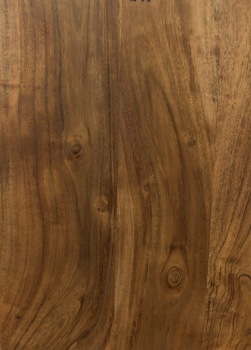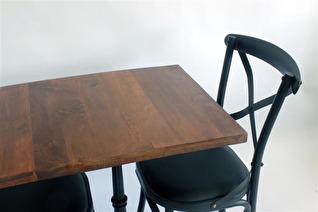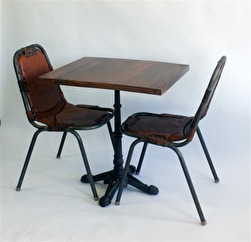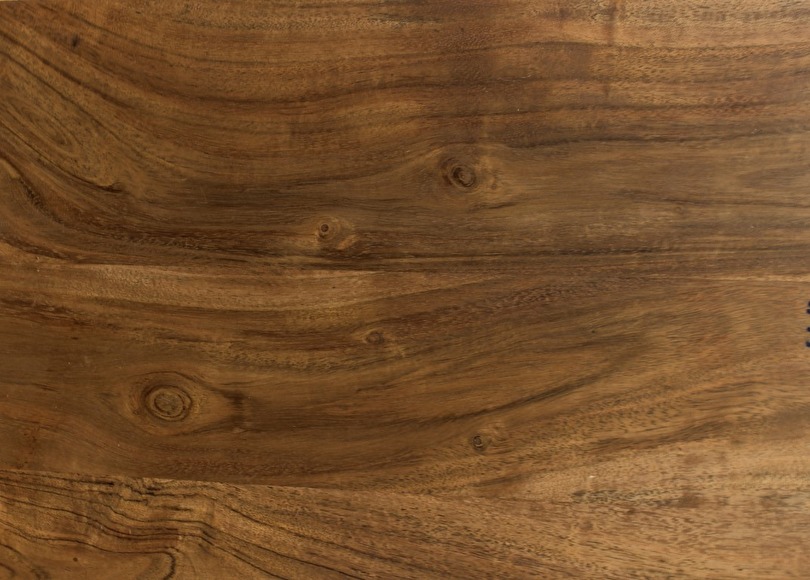Mango
Teaknyans
Massiva skivor. Obehandlade.
38 mm tjocka.
Storlekar
60x70 cm
70x120 cm
Mango Wood Introduces Sustainability To Home Accents.
When we think about living sustainably, we often consider the food in our fridge (is it organic? 100 mile?), we consider the vehicle we drive (is it low fuel consumption or hybrid?) and we consider how we deal with our waste (recycling? composting?) yet few of us ever consider whether the furniture in our homes is sustainably manufactured.
The reality is that the furniture manufacturing industry has often fallen woefully short of sustainable options, usually putting style ahead of the environment. This is why, when we first heard about mango wood, we were intrigued. Could mango wood be strong, versatile and beautiful enough to replace its not-so-sustainable competition?
Mango Wood 101
Grown in India, Southeast Asia, Mexico, Brazil and even Australia, there’s no shortage of mango plantations. As an alternative wood source to traditional furniture materials like oak and maple, mango wood is perfect.
Technically mango is a hardwood with dense grains, so it has the strength to bear the weight necessary for chairs and heavy tables, but it’s still soft enough that it’s relatively easy to work with, requiring no special tools on behalf of the manufacturers.
Mango furniture can stand the wear and tear of time as well as your grandmother’s oak kitchen table, but, unlike traditional hardwood furniture, it’s more affordable and, as we’ll get into, completely sustainable.
Why Is Mango Wood Sustainable?
Mango wood is, fundamentally, the byproduct of an already thriving industry: Mango fruit.
Unlike the big towering oaks of North America and Europe that can take 50-100 years to mature, mango trees mature quickly; reaching 80-100 feet in around 15 years.
Once the trees get too tall to easily harvest the fruit or stop bearing fruit altogether, they are harvested for timber and a new generation of trees is planted.
Harvesting wood that was previously burnt or left to break down naturally not only provides extra income to mango farmers, but provides furniture manufacturers with an affordable material that’s easy to work with and can be made to resemble conventional wood choices like oak, maple and teak.
Of course, mango wood is beautiful in its own right. It adheres exceptionally well to staining and sanding, and features colors like browns, pinks, greens, and diverse patterns due to special fungus that grows in the wood.
Your Mango Wood Fact Sheet
Mango wood is as strong as cherry or ash wood, ranking 1070 on the Janka hardness scale (this is no flimsy wood choice!)
Because mango wood is water resistant, don’t be afraid to leave your furniture outside (although beware of sun bleaching and bring it in before the cold weather hits)
Because it’s readily available (thanks to all those mango orchards), mango wood furniture is more affordable than its hardwood contemporaries like oak and teak
Mango trees are prone to both insect and fungus attack, but don’t worry, once the wood is dried and treated, both disappear, leaving behind the gorgeous patterns and colors we see in the wood
Mango wood requires monthly polishing/hydrating to avoid cracking due to dehydration, but other than that, it is sturdy and maintenance free




